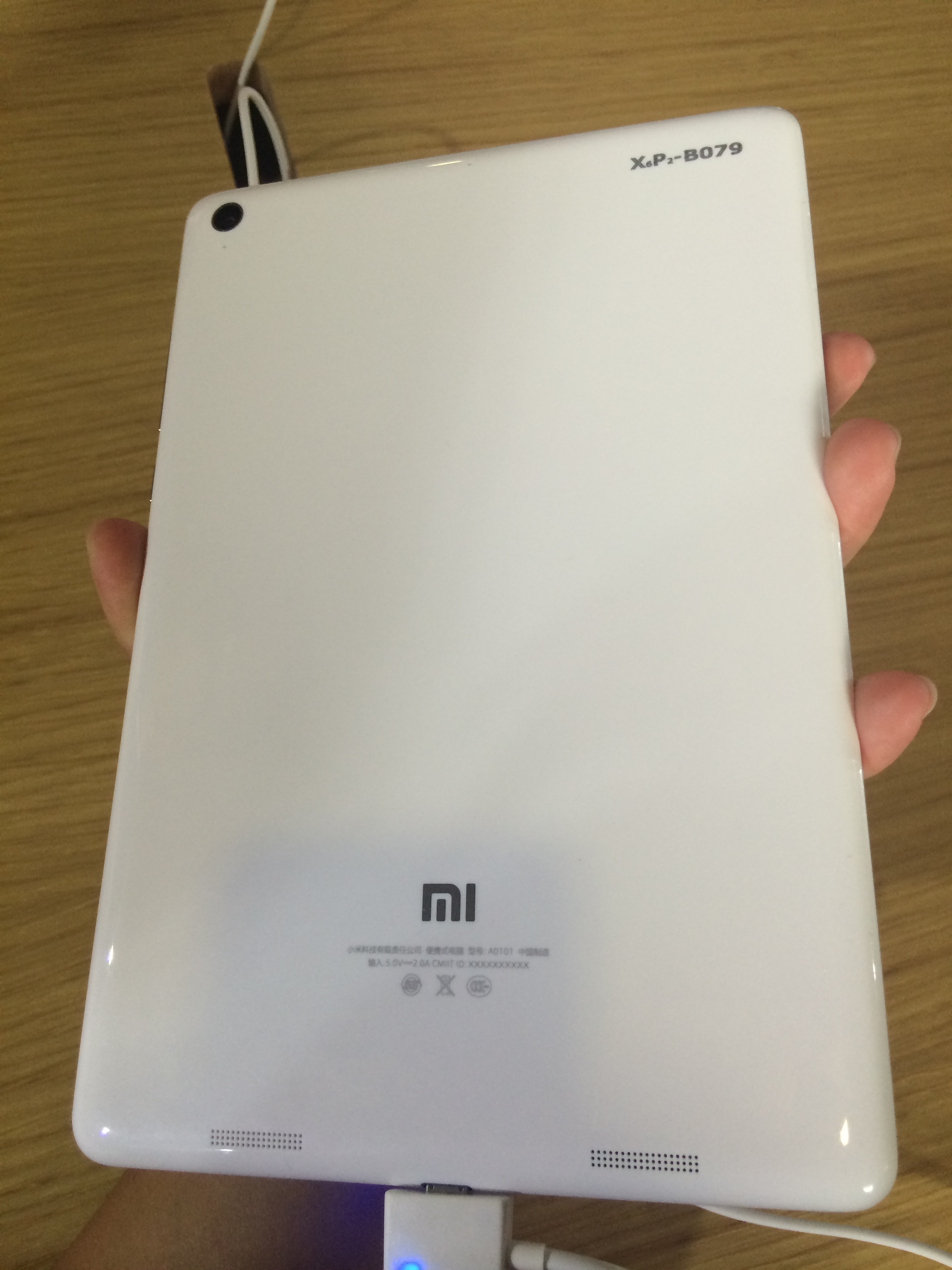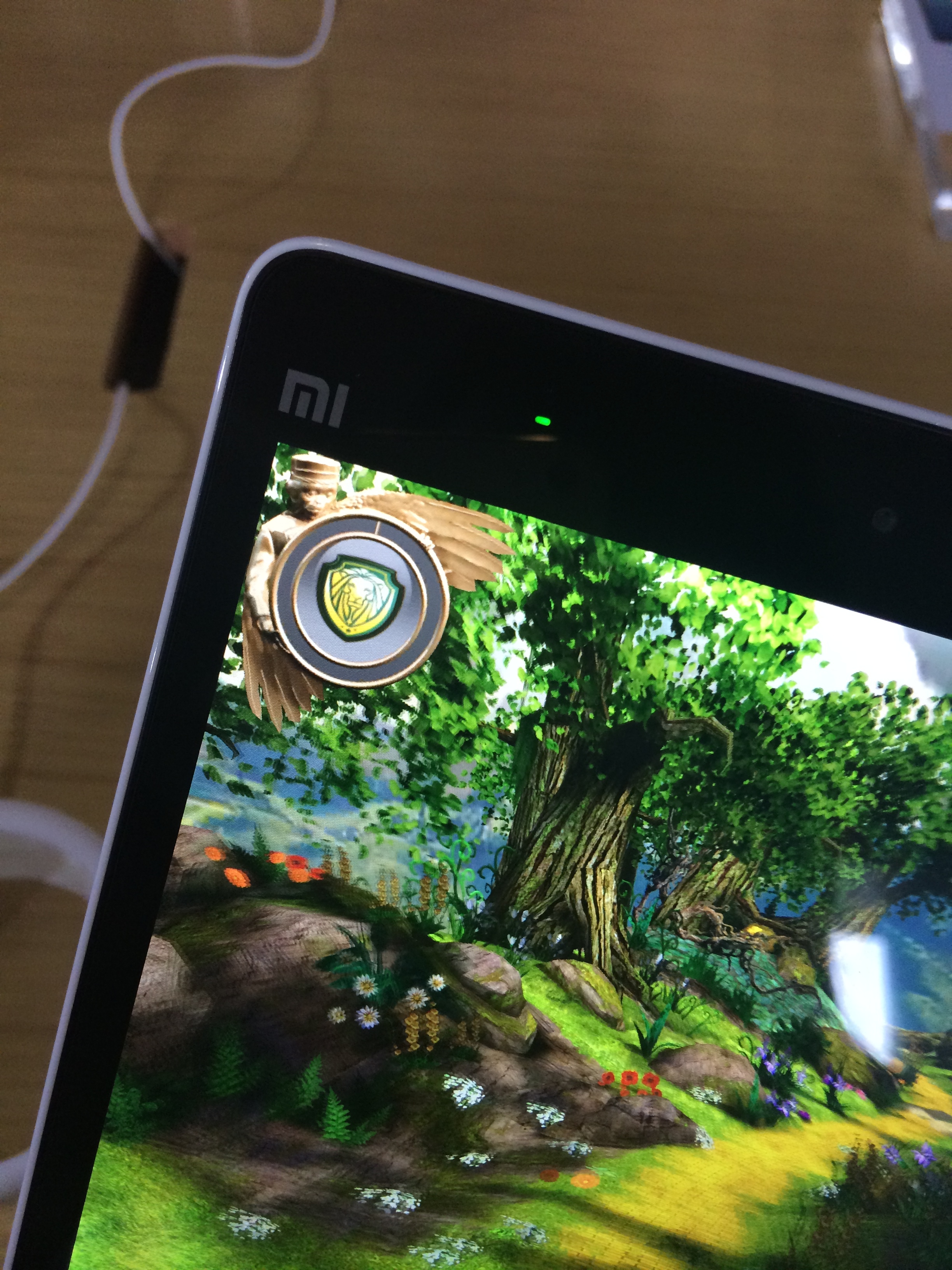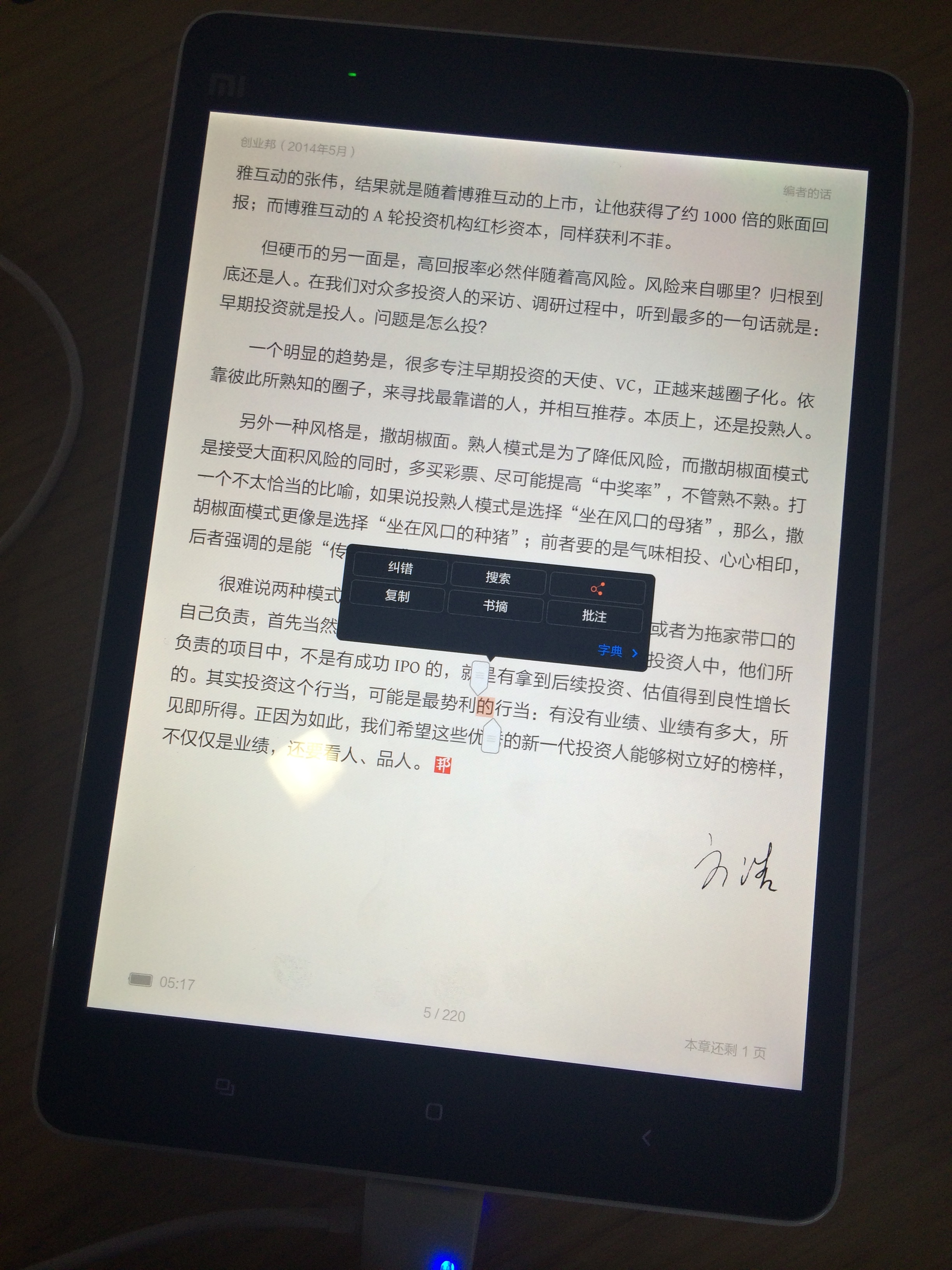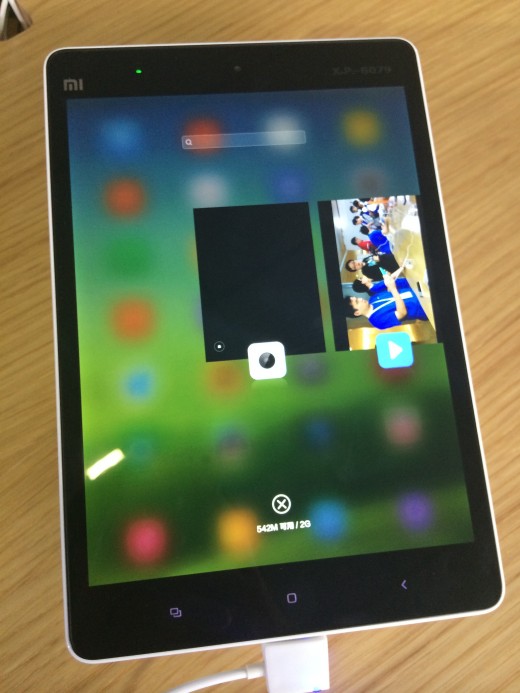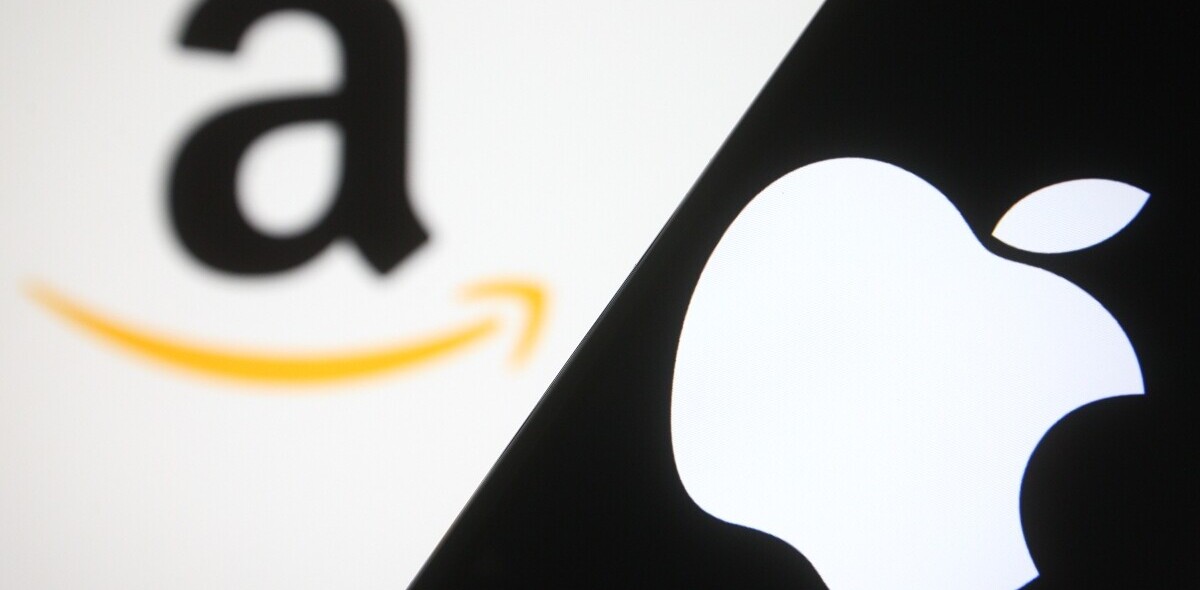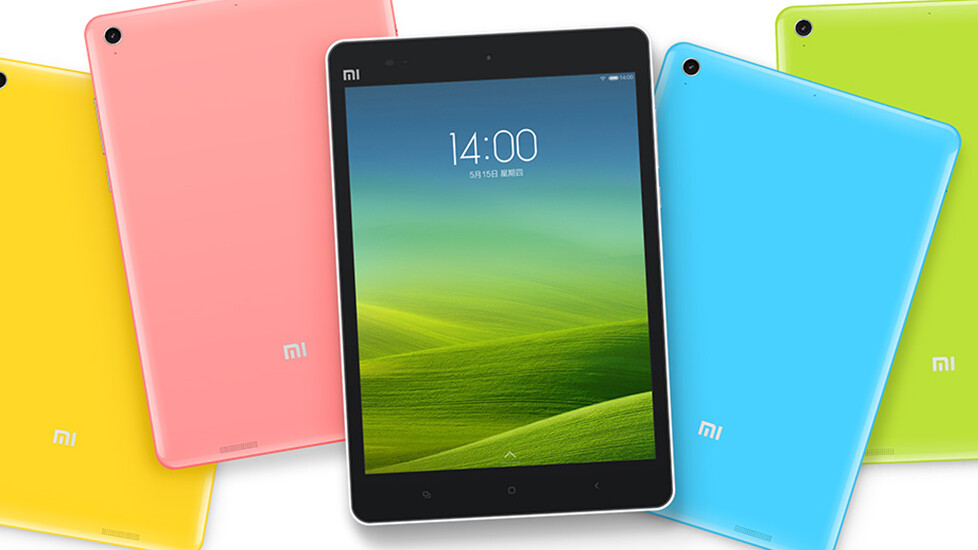
Popular Chinese smartphone manufacturer Xiaomi released its first tablet today, the 7.9-inch Mi Pad, as it seeks to challenge Apple’s iPad. Xiaomi CEO and co-founder Lei Jun took to the stage to tout the top-notch specifics of the Mi Pad — in particular it is the first mobile device in the world to use Nvidia’s 2.2 Ghz Tegra K1 processor, which could give it an edge over other devices in the same price range.
What’s particularly notable is that in the case of its tablet, Xiaomi is seeking to compete not only against fellow Android manufacturers, but Apple.
The Mi Pad deliberately designed with the exact same form factor as the iPad Mini. The fact that Xiaomi freely admits to taking design tips from Apple is baffling, because it lends to the suggestion that the Mi Pad is a cheaper and less impressive version of the iPad.
The Mi Pad is made from plastic, so it’s hard to reconcile it with the sleek metallic look of the Apple iPad. Instead, the Mi Pad looks more like a larger version of Apple’s iPhone 5c — that applies right down to the multiple neon colours and the polycarbonate casing.
Weighing only 360g, the Mi Pad is relatively light (though the iPad Mini WiFi-version is slightly lighter at 331g) and easy to carry around. Yet I have a particular problem with the Mi Pad, which I believe others may encounter too — if you have sweaty palms, there’s a good chance you might struggle to keep it in your hands. Basically, any water makes the tablet slip from your grasp easily and that can make it hard to watch videos or play games for sustained periods of time.
That issue is unfortunate because it distracts from the fact that, in the Mi Pad, Xiaomi has delivered a device capable of a high-quality viewing and gaming experience. Same as Apple’s iPad, the Mi Pad sports a 2048p x 1536p screen, and it shows in the clarity of multimedia displayed on the tablet. Watching videos is a joy, as the colors burst out of the screen and the images are crisp and sharp.
Even reading has been optimized on the Mi Pad — it isn’t harsh on your eyes, and you can highlight parts of the text and find out related meanings from the dictionary.
The Mi Pad is also touted to provide a gaming experience similar to the “best” PC gameplays on the market right now. Given it is powered by the Tegra K1 processor, that should not come as a surprise. I tried out the Temple Run game and it indeed delivered. The Mi Pad responded beautifully to tilt motions and the game moved along smoothly and speedily, without any lag at all.
Xiaomi’s tablet one-ups Apple’s iPad with its eight-megapixel rear camera, which comes in handy for those fed-up with tablet manufacturers which don’t improve on the camera. Even the front-facing camera comes in at five megapixels, resulting in a better experience for video calls (and selfies).
The design of Xiaomi’s highly-customizable MIUI firmware has been tweaked with a new interface design to better suit a tablet. It essentially looks like a simplistic version of iOS 7 on the Mi Pad. Xiaomi previously said its engineers applied a whole new design language to showcase content on the tablet, come up with new animation effects and re-design the system for apps to show up optimally no matter whether the tablet is horizontal or vertical.
There is a swipe down menu that makes it easy to access frequently used services, and when you click on the multiple tabs button on the bottom left of the tablet, you can easily see which apps you have open, and something that’s very nifty — how much RAM you have available for use out of the 2GB total RAM.
Xiaomi could have developed a more efficient system for unlocking the device from standby, however. As there is no home button on the tablet like Apple’s iPad, getting access to the screen is a two-step process and made me long for the simplicity of LG’s Knock Code. For tablets in particular, having to find a button on the side then swiping upwards before you finally see your apps feels like too much trouble.
Overall, I would say the Mi Pad is great as an entry-level tablet. After all, it is retailing from 1499 yuan ($240) for a WiFi-only 16 GB version, while the 64GB version is 1699 yuan (around $273). For the sake of comparison, Apple’s 16GB iPad costs double the price in China.
It’s still not clear when the Mi Pad will officially launch. The company will begin ‘open testing’ of the device in June, which means it will make a beta version available for sale and collect initial customer feedback, which will help shape a full launch. This means the final iteration of the tablet may see some improvements.
It also isn’t clear as of now whether the tablet will make it out of China, but it seems well-suited for emerging markets — as it is equipped with top of the line specs giving it a high performance level, at a mid-range price. Xiaomi should probably just tone down the challenge to Apple’s iPad, and seek to compete with fellow Android manufacturers instead.
Get the TNW newsletter
Get the most important tech news in your inbox each week.
